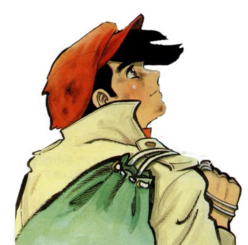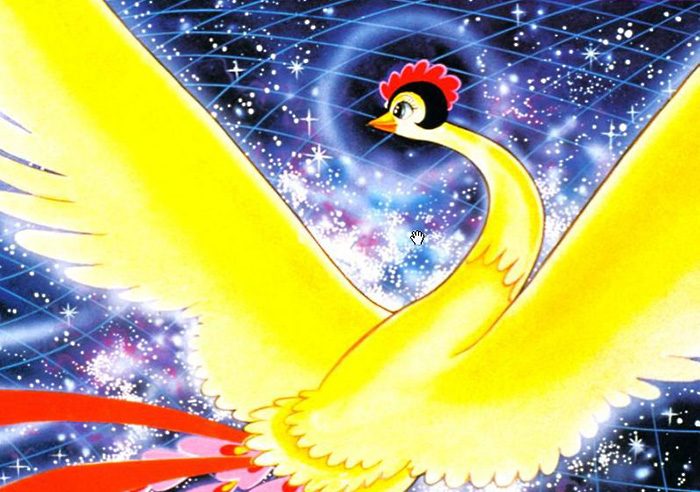Another installment in my series of favorite manga. For a few years now, I’ve been doing a chronological readthrough of as many good (and bad) manga I could find. I did this to get a grasp on the evolution of the medium, who influenced whom, and to be able to appreciate works that were highly original in their own time, but would seem dated in our day. I have now become a walking manga-encyclopedia with Excel files filled to the brim with endless lists and have decided I can no longer keep my pseudo-knowledge to myself and watch all of you suckers read crap. So here are, in my humble but also omnipotent opinion, the best manga that debuted in 1967, all in neat chronological order. You’re welcome!
Best manga of 1967
Hi no Tori: Dawn + Future – Osamu Tezuka, 1967-1988
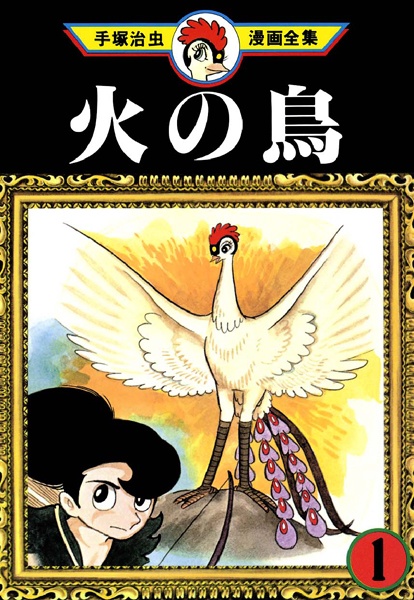
Hi no Tori, or Phoenix, is Tezuka’s unfinished masterpiece. An epic, philosophical work with amazing scope. Hi no Tori’s chapters, each one readable as a standalone graphic novel, go back and forth from prehistoric times to the distant future and range from historical fantasy to sci-fi. The first chapter Dawn depicts the dawn of civilization., the second Future, goes straight to the end of times. Each new chapter brings us a little bit closer to Tezuka’s own time. He worked on Phoenix sporadically from 1967 to his death, and sadly left it incomplete. As the title suggests, returning themes are death and resurrection. Each story involves a search for immortality, which is either unobtainable or a curse. The Buddhist idea of reincarnation is presented as the natural cycle of life.
Tezuka not only challenged the reader in terms of length and scope. Many of the stories are experimental in visual design. When I say experimental, I mean experimental to him or the average manga reader of the time. You won’t notice anything all that special, compared to other stuff I’ve got lined up below. But I like some ideas, for instance when the panel seems to be a stage set of a theatre, where the scene kind of happens across the same panel for several pages, as can be seen below. Actually, this manga is an excellent introduction to Tezuka’s work and style, albeit a very challenging and time consuming one. Reading through these individual graphic novels one by one, would show you his evolution from cartoony comic books to more realistic drawings and themes aimed at adult readers. In fact, in 1967, as a response to the magazine Garo and the gekiga movement, Tezuka created his own magazine called COM and radically changed his style. From Hi no Tori on, is when Osamu Tezuka created his most interesting and famous works, such as Buddha, Black Jack, Ayako, and many more.
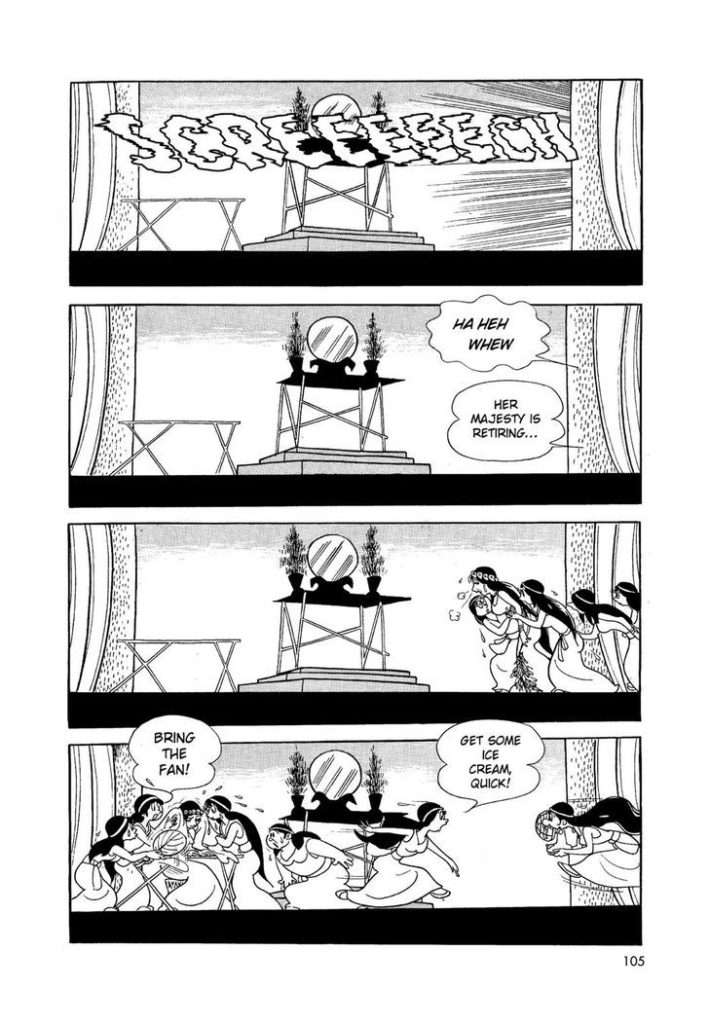
Jun: Shoutarou no Fantasy World – Shoutarou Ishinomori, 1967-1971
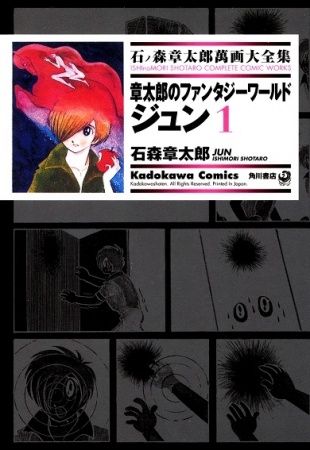
From the master, we go to the student. Jun: Shoutarou no Fantasy World, or Shoutarou’s Fantasy World is a highly experimental manga series by Shoutarou Ishinomori, a former pupil of Tezuka. Ishinomori is thoroughly underread in the West and one of my own personal favourite mangaka from the 60’s and 70’s. This manga is one of the reasons why.
The character, Jun, is an alter ego of the author himself and every chapter is like a dream. I can’t tell you exactly how special this was at the time, as a lot of the avant garde gekiga manga for example hasn’t made it to the West. But compared to Tezuka’s work, Ishinomori definitely may have similar character designs, but there’s more going on in terms of style and atmosphere. You can sense more melancholy and introspection. He also seems to feel more of a need to break free of the panels and explore the possibilities of the medium. I myself, having completely been immersed in Tezuka at the time, was blown away by these small abstract fragments of sad dreams, hopes, memories of lost loves, fears and frustrations. While not as successful and influential as his other long-running works, it looks like this manga has been a direct influence on other weird, dreamlike works like the ones by Nishoka Kyoudai. I’d recommend this to anyone, wether you’re already acquainted with Ishinomori’s work or not. I especially recommend it to elitist manga sadboys xx
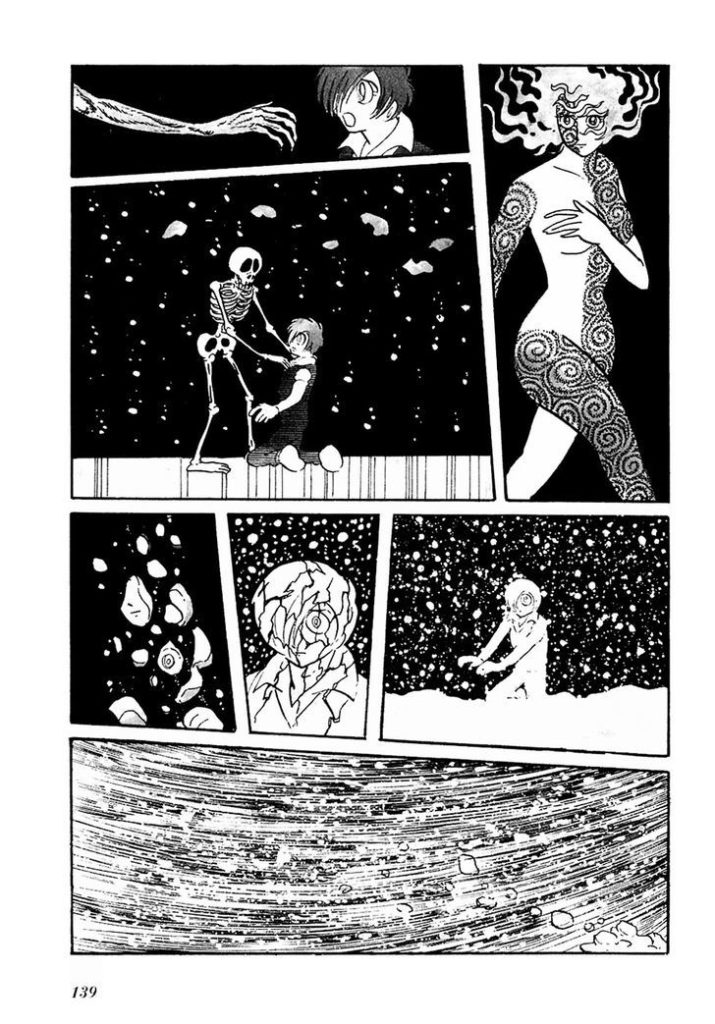
Dororo – Osamu Tezuka, 1967-1968
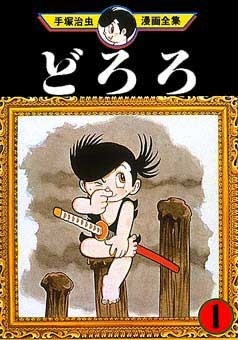
Another Tezuka classic. This is one of my favorites from this era. A dark samurai story about Hyakkimaru, whose samurai lord father bartered away his newborn’s organs to demons. He was given a prosthetic body and must hunt down these demons to reclaim pieces of his body. A young thief named Dororo follows him around. One might say Tezuka’s Disney-esque style isn’t suited for this kind of work, and he might have been trying to imitate Shigeru Mizuki a little bit too much. But I loved the characters and the atmosphere of this manga. In my eyes it was original enough and I find it stands on its own even today. Fans of Inuyasha or Ushio to Tora might want to check this out.
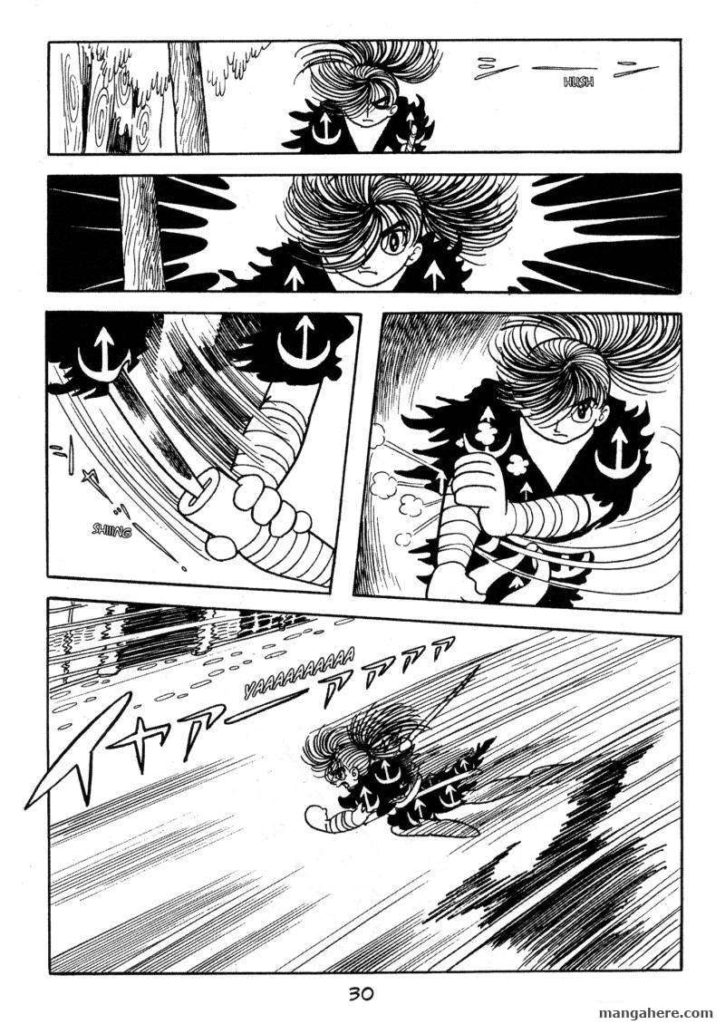
Honorable mentions
Tensai Bakabon – Fujio Akatsuka, 1967-1992
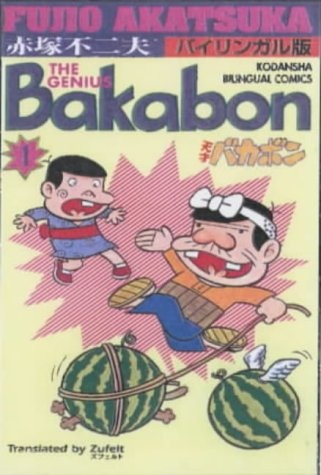
While I haven’t found anything of the manga, I feel like I should mention a series with a 25 year run. It seems like this was a very successful franchise about a family of idiots.
Giant Robo – Yokoyama Mitsuteru, 1967-1968
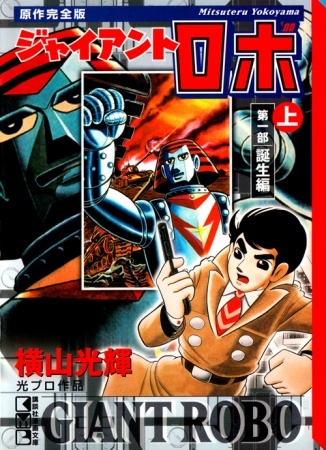
I’ve never gotten into anything by Mitsuteru and it’s not even his first giant robot manga. But it must have been something for a lot of people if this manga/anime managed to spawn an insane, expensive, revivalproject such as Giant Robo the Animation: The Day the Earth Stood Still.
Umibe no Machi – Maki Masaki, 1967
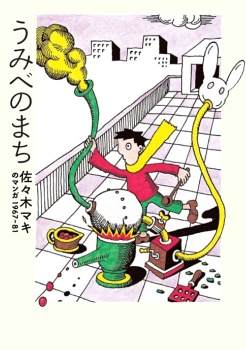
If you thought Shoutaro no Fantasy World was experimental, check out this clusterfuck by Maki Sasaki, featured in Garo magazine. I found one chapter, and just skimmed through it because I had no idea what the hell was going on, but maybe you’ll do better.
Lupin III – Monkey Punch, 1967-1972
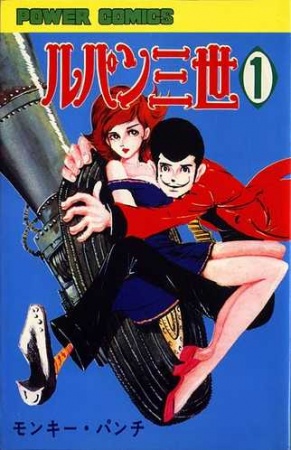
As popular as the Lupin III-anime was, I’m surprised no one has bothered to scanlate the Monkey Punch manga. I could only find a few chapters, but while the art style is very European and sexy, it’s definitely not comparable to the fun of a good Lupin-episode.
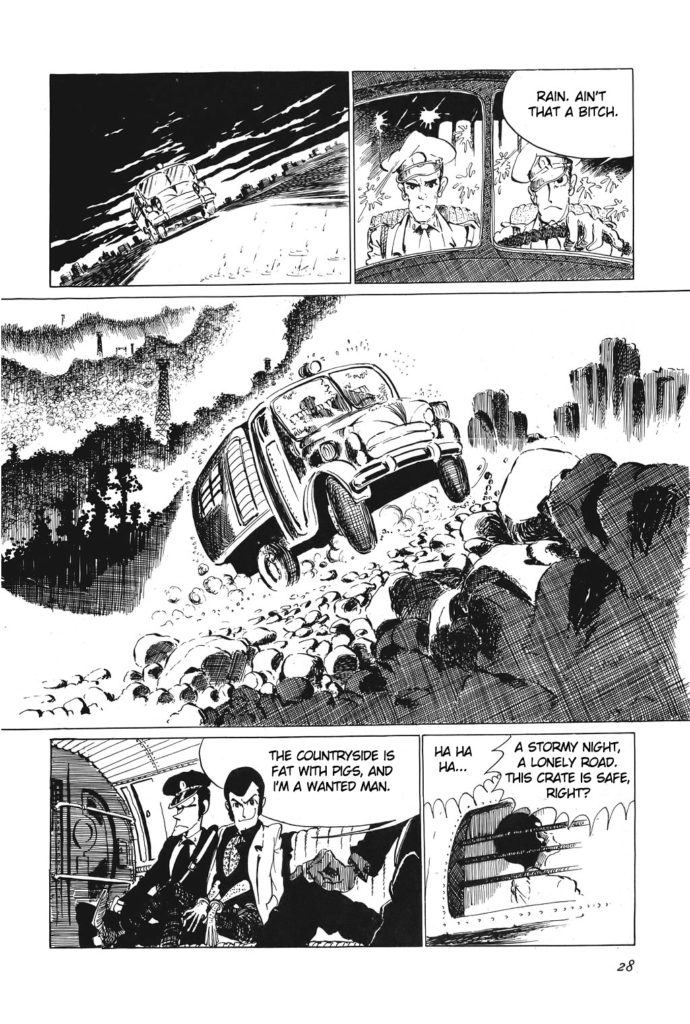
Next up: Best manga of 1968
Previous post: Best manga of 1966
